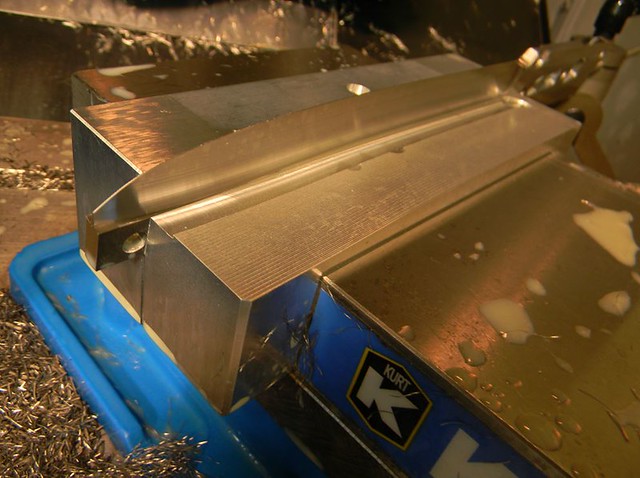TommyGun56
Gold Member
- Joined
- Jul 29, 2014
- Messages
- 7,222
Thanks Nathan, ^^^^Mat this is a quote from Lorien on the DEK-1 I expect the FK2 to be of slightly thicker stock than the DEK1, and for it to be made from 3V. The DEK1 will be AEBL Entry 1730 this threadWhy do we like particle metallurgy steels? They don't have the large primary carbides that tend to propagate cracking and chipping. They tend to be processed in a way where they're clean, fine grain and don't have pesky structures like excessive grain boundary carbide, nonmetallic inclusions, and alloy banding. <--- PM steels are so associated with these positive attributes that people tend to think the correlation is causation. The reality is the PM process allows certain alloys to be made such as high vanadium alloys that wouldn't be practical due to difference in melting temperatures of various ingredients, and if the properties of that certain alloy aren't needed sometimes a very clean, cross rolled electroslag remelt can out perform PM steel in some ways. Infi is a good example of an old technology that performs very well.
People often think the best steels have to be PM steel, but, like Infi, AEB-L is a moderate alloy, moderate carbon relatively simple steel that would not be enhanced by the PM process. And, what it lacks in abrasion resistance it makes up for in edge stability. This is true in any application where the loss of the edge is due more to chipping and yielding than one of the abrasion processes. Despite artificial results like you see in cut testing like CATRA testing that give a strong preference to abrasion resistance, for most people in most real world applications edge stability is king and this is where AEB-L shines. You have a stain resistant steel that works great at hardness in the low 60's and in thin geometry. It's clean, it can be fine grain, it loves narrow edge angles and rewards good geometry and a good heat treat with world class edge stability. What's not to love?



